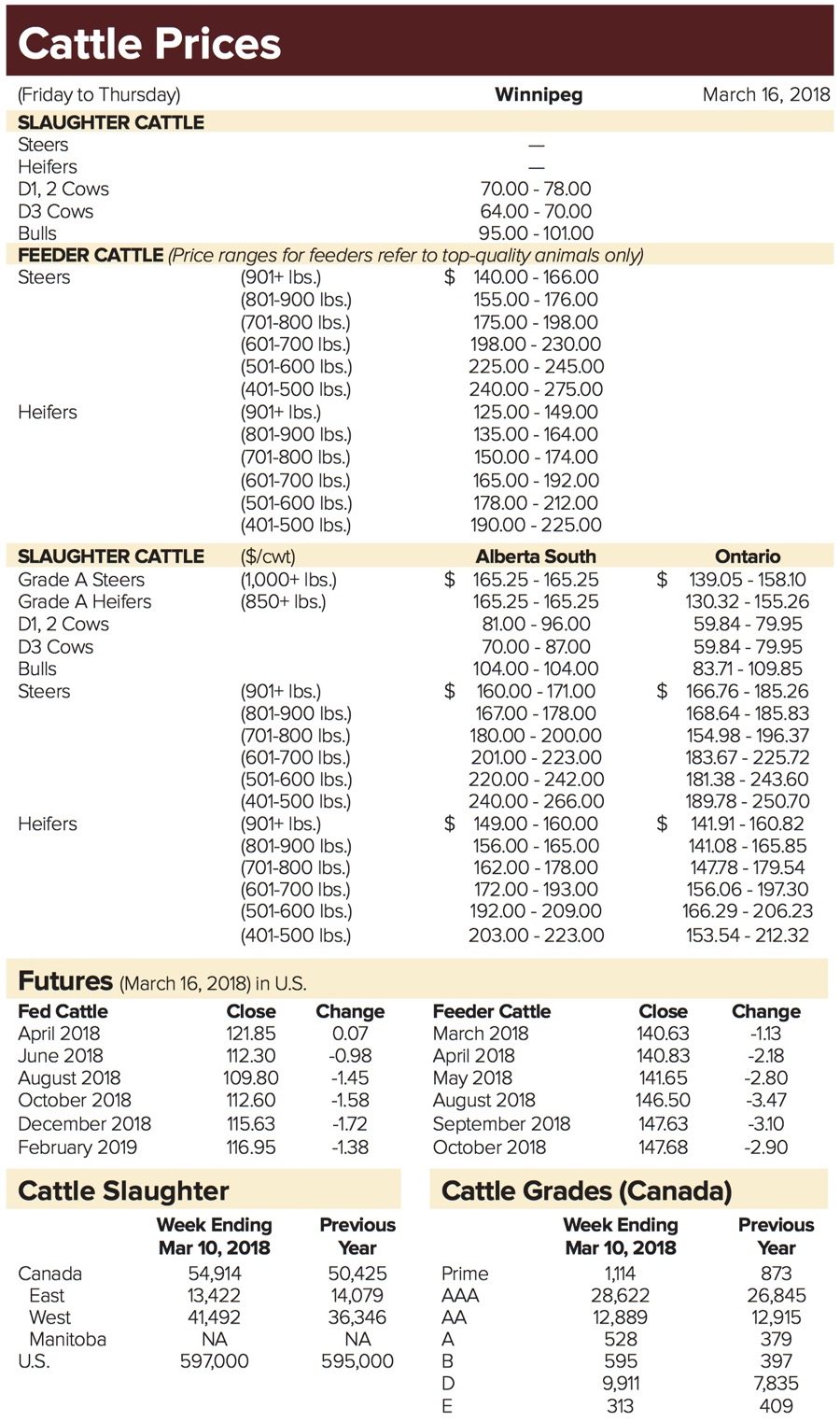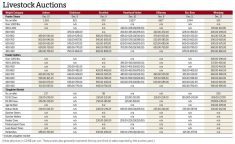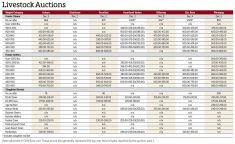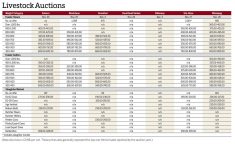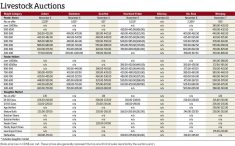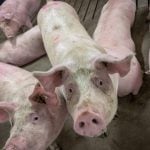The week ended March 16 was busier for cattle sales across the province, as none of the major outlets had to deal with poor weather. A snowstorm the previous week snowed in many outlets and ranchers were forced to dig out before transporting any cattle.
As a result, many yards were busier than normal this week, with over 13,000 head making their way through the rings.
For the most part, prices held steady with a bit of pressure coming down on heavier-weight animals. Butcher cows and bulls were roughly $2 higher.
Read Also
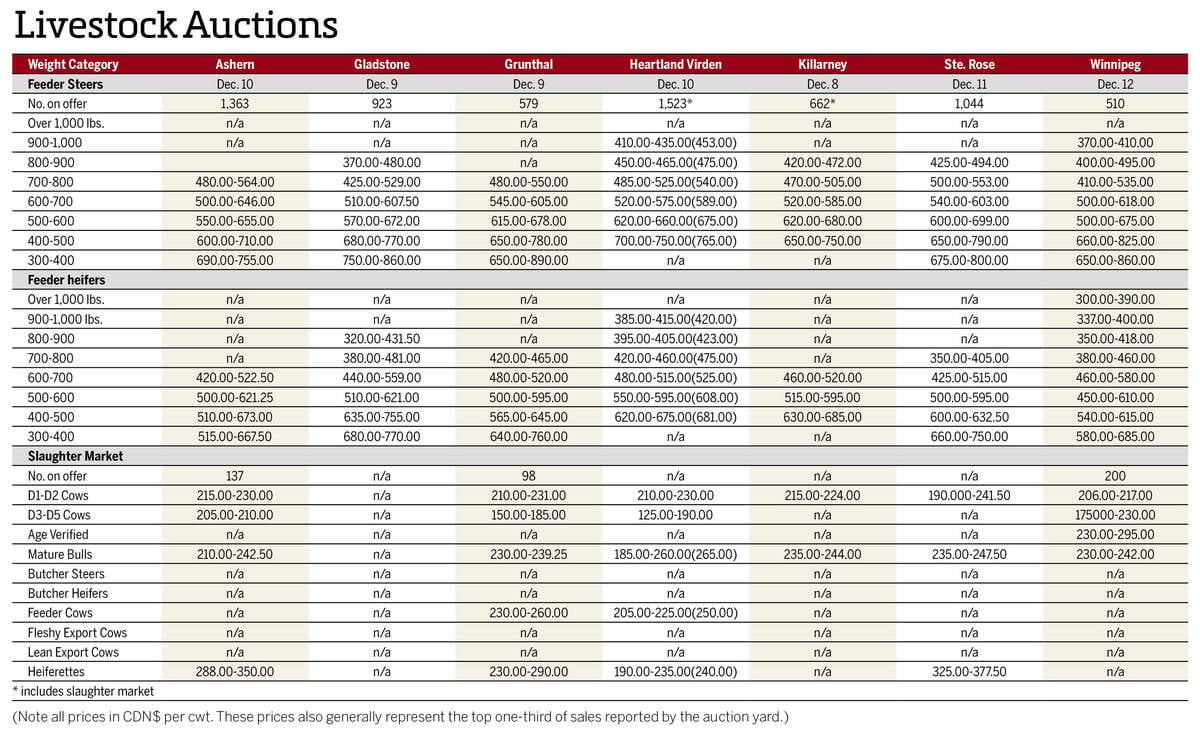
Manitoba cattle prices Dec. 16
Here’s what local farmers were getting paid last week for their cattle at Manitoba livestock auction marts; prices covering the week Dec. 8-12, 2025.
“Feeder cattle are the outlier because they’re quite a bit higher than a year ago,” said Herb Lock of Farm$ense Marketing.
That’s especially impressive, he said, given that feed barley is roughly $70 a tonne more this year than last.
More feeder cattle began to head south, too, as buyers from the U.S. showed a bit more interest in Canadian offerings. Cattle that were suitable for grass also traded strong.
Producers are hopeful demand will continue to be there in the months ahead, Lock said, as most of the Prairies prepare for a major swell of beef in the summer.
“The big bulge in numbers in placements in 2017-18 is setting the market up for a big supply in the second part of the year, and everyone knows that,” said Lock.
That’s making ranchers bearish on 900-lb. and 1,000-lb. animals that won’t be ready until summer, he said.
In the near term, he said, there are some ideas packers may pay more in the next couple of weeks.
“So they’re overly optimistic on the light feeder cattle, mostly under 750 lbs. and down,” he said.
According to Lock, the cattle cycle is probably at a peak right now. Drought in the U.S. Plains has caused a lot of producers to direct cattle, which should have gone onto grass already, to feedlots instead.
As well, feedlots are generally seeing more heifers than a year ago, which means some producers don’t want to keep them for breeding.
“Drought changes the plan, so ranchers get desperate,” Lock said.
On top of that, corn and grain prices have been on the rise recently, adding to input costs.
“A steer takes almost two tonnes of feed to fatten, so if you multiply two tonnes by the $70-per-tonne increase over a year ago, you have to have 10 cents/lb. for the finished steer of a year ago to make the same amount of money.”



